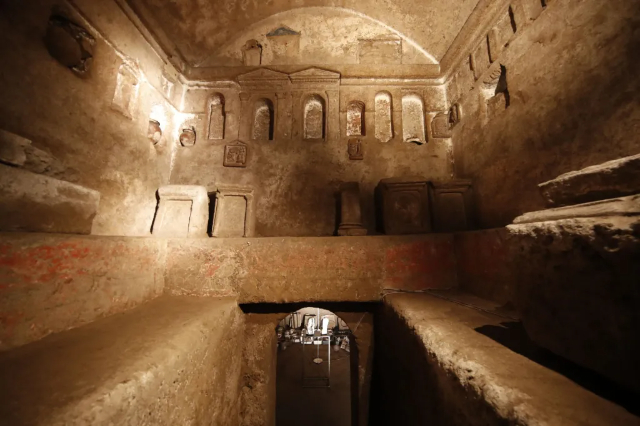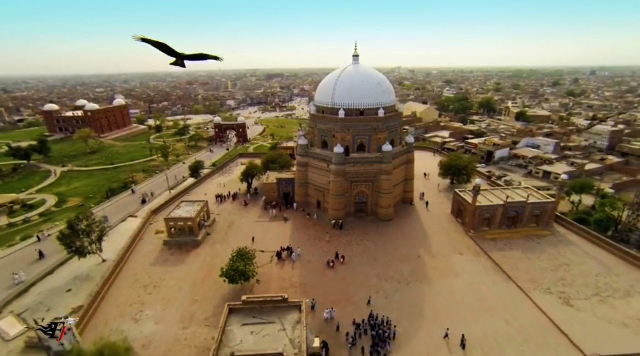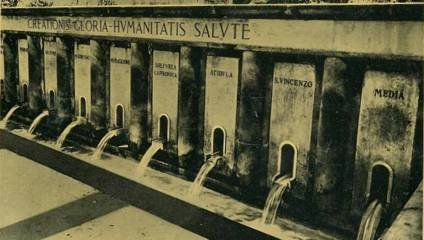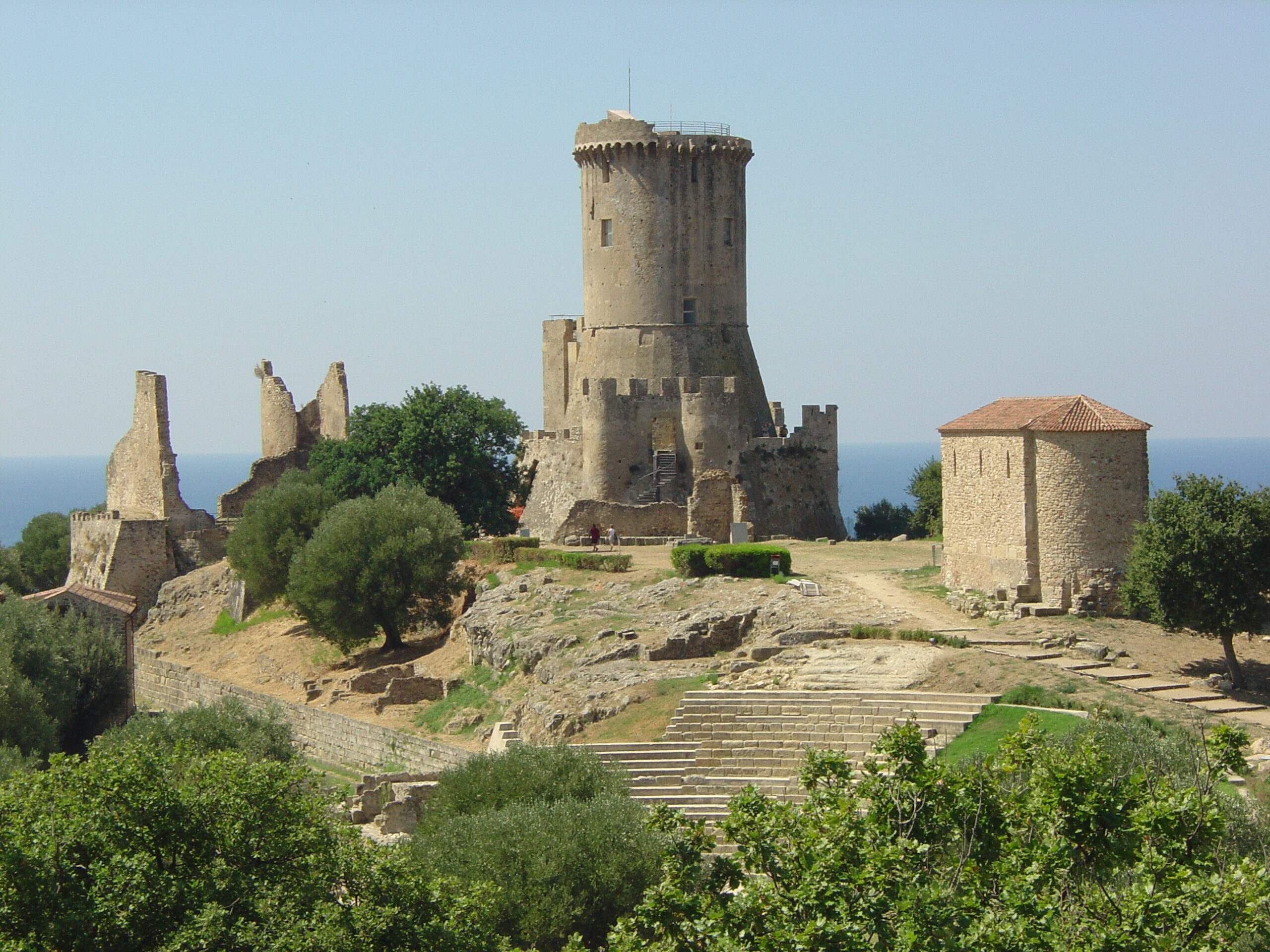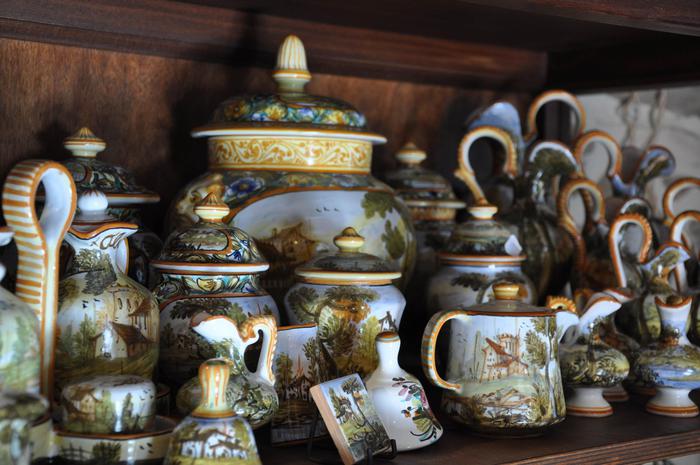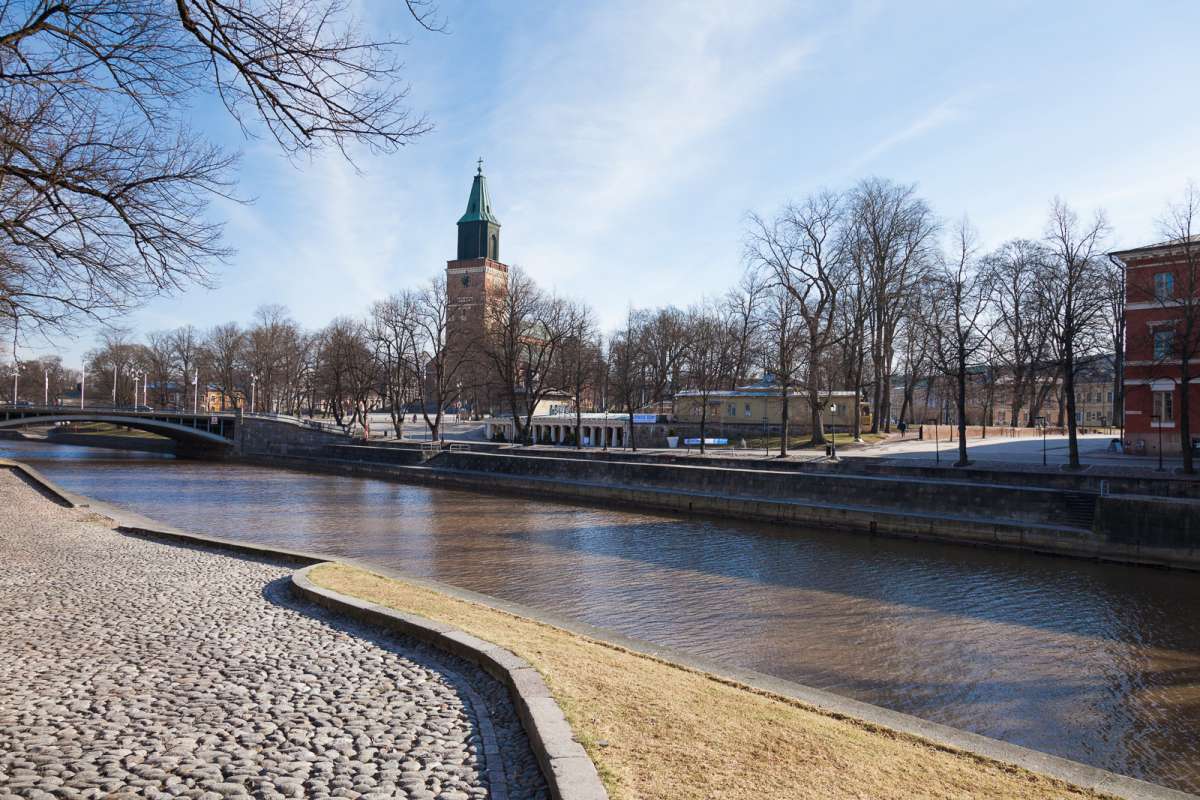Beneath the palaces and winding alleys of Naples lies an invaluable treasure trove of history and artistry. This hidden gem, known as the Hypogeum of the Cristallini, is a rare testament to Hellenic painting and architecture, nestled in the heart of the Sanità district in Naples.
The history of the Hypogeum of the Cristallini dates back more than 2300 years. The Vergini area within the Sanità neighborhood has been a necropolis since the 4th century BC, evolving from chamber tombs (like those in Via dei Cristallini, Vico Traetta, and Via Santa Maria Antesaecula) to catacomb cemeteries (such as San Gennaro, San Gaudioso, and San Severo), and ultimately transforming into an immense ossuary quarry known as Le Fontanelle.
During the era when Neapolis was part of Magna Graecia, the Greeks who inhabited the city constructed burial hypogea, creating underground tombs that served as the resting place for the ancient inhabitants of the city. Among these underground wonders are the four “Cristallini tombs,” named after their location beneath Via dei Cristallini, precisely beneath the former palace of Baron Giovanni di Donato.
In 1889, Baron Giovanni di Donato embarked on a quest to find water or tuff beneath his family’s palace at Via dei Cristallini 133. Little did he know that he would unearth a treasure trove of Hellenic painting and architecture instead. His discovery revealed the beautifully adorned chambers of these burial sites, a true marvel of Hellenic funerary art.
The very ground where these tombs lie once served as a path in the ancient Neapolitan necropolis of the Greek era, bathed in sunlight in the open countryside. Today, it is concealed beneath the buildings of the Borgo Sanità in the modern city.
Recognizing the significance of this monument, Baron di Donato had a staircase and corridor constructed, leading to the entrances of these chambers. The legacy of Baron di Donato’s descendants passed this remarkable Hypogeum of the Cristallini down to his nephew, Giampiero Martuscelli, who has faithfully preserved it alongside the Sanità district and its inhabitants.
In 2018, Giampiero Martuscelli, along with his wife Alessandra Calise and children Paolo and Sara, made the decision to share this treasure of art and history with the city and the public, making it accessible to all.
The Hypogeum of the Cristallini is a unique blend of history, archaeology, myths, and colors. Its four chambers unveil a world rich in vibrant decorations and sophisticated trompe l’oeil effects, offering visitors a glimpse into a bygone era. The exhibition also houses an impressive collection of ancient artifacts and beautifully preserved ancient vases.
This journey is a 2300-year leap back in time, a profound experience that allows you to descend into the enigmatic “underground world.” Here, you can contemplate the extraordinary beauty of ancient art and craftsmanship and gain insight into the timeless aspects of life, death, love, care, family, and friendship.
Many of the artifacts discovered in the Hypogeum of the Cristallini have been generously loaned by the Martuscelli family to the MANN – National Archaeological Museum of Naples, one of the world’s most prestigious and ancient archaeological museums. These artifacts can be found in the “Ancient Naples” section of the museum, which is currently undergoing a revitalization.
This unique collection showcases ceramic sets, terracotta figurines, fruits, and eggs that were placed in burials as votive offerings, as well as marble and terracotta reliefs depicting poignant farewell scenes. These items not only bear witness to ancient customs but also offer insights into the social hierarchies of the time.

